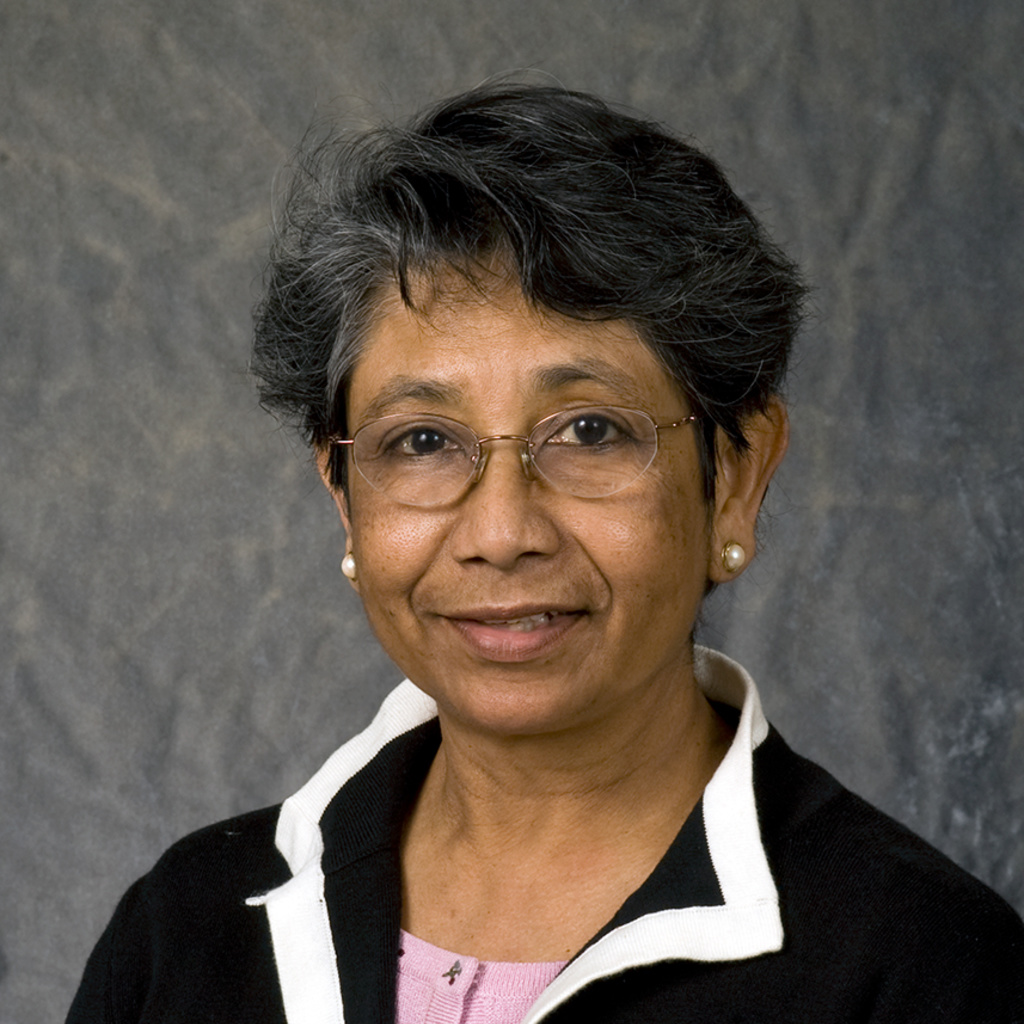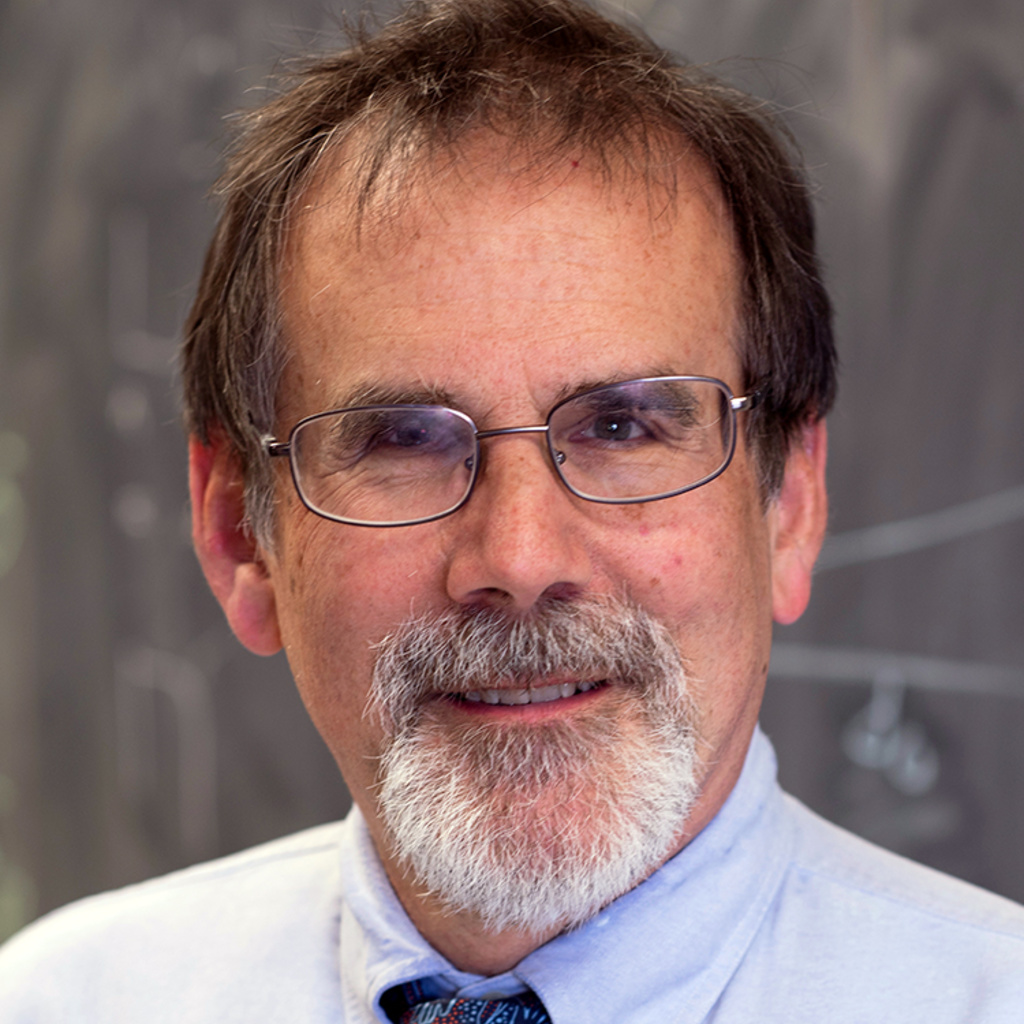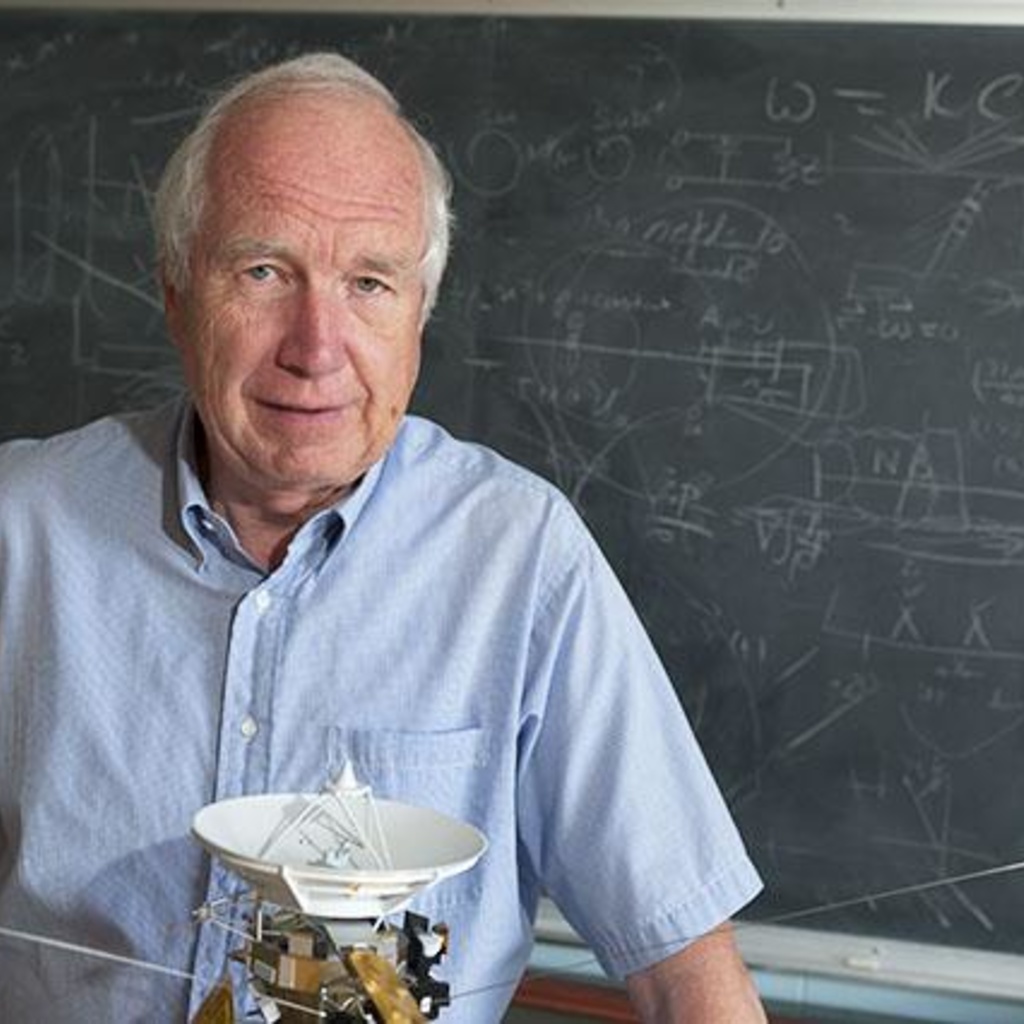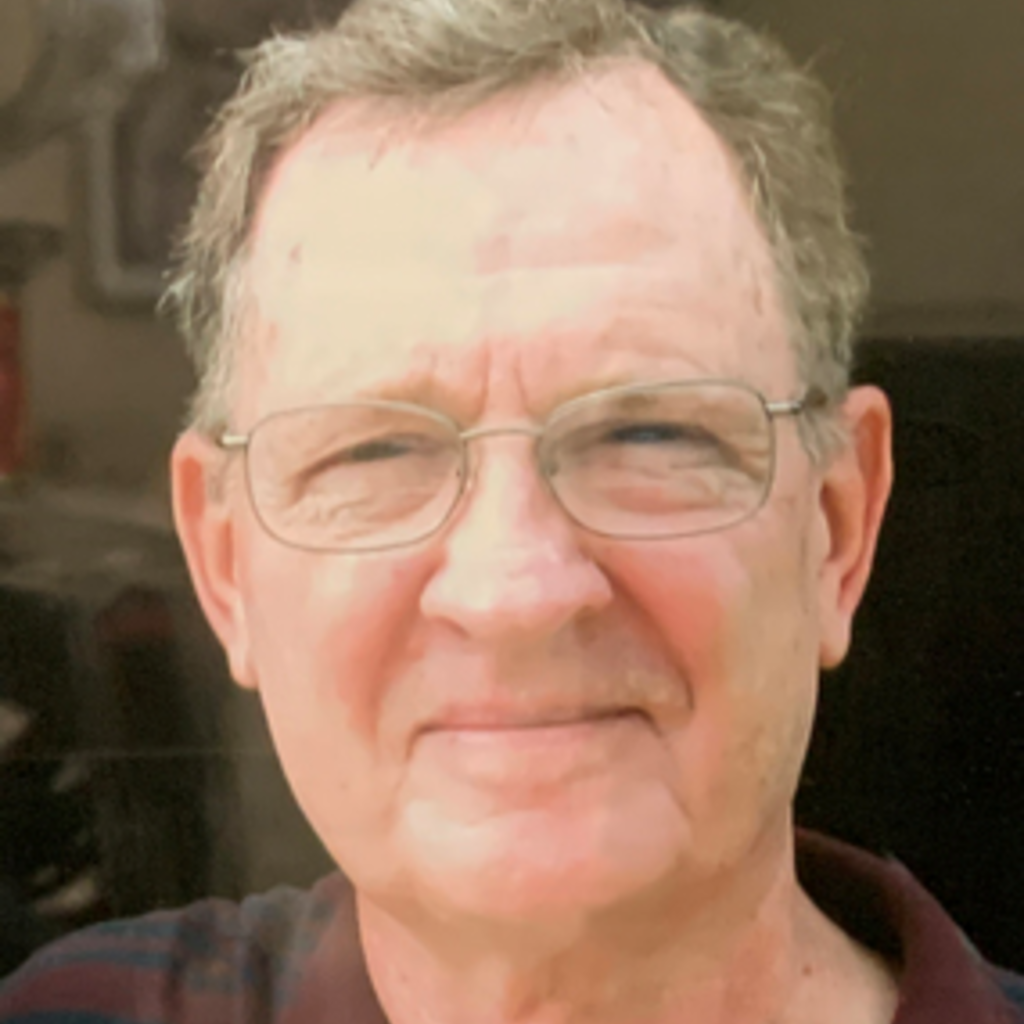Main navigation

Thomas ‘Tom’ Boggess
Thomas Frederick Boggess, Jr. of Crystal Beach, Texas, passed away peacefully at the age of 70 on October 29, 2025, following a courageous battle with Alzheimer’s disease. Boggess was internationally recognized for his research in ultrafast optics, semiconductor superlattices, and infrared photonics. He joined the department in 1989 and served as department chair from 2001 to 2009, and was named Professor Emeritus upon his retirement in 2021.

Usha Mallik
Professor Emeritus Usha Mallik passed away Sunday, August 4 from injuries sustained in a car accident near Solon, Iowa. Dr. Mallik, an experimental particle physicist, had been involved in research at CERN and worked with a team to help build a sub-detector at the Large Hadron Collider.

Craig Kletzing
Craig Kletzing, the easygoing, humble University of Iowa professor who combined a zeal for teaching with a decorated research career in space plasma experimental physics died on August 10, 2023. He was 65.
Tribute by Allison Jaynes in the AGU SPA Section Newsletter, Aug. 24, 2023

Donald Gurnett
Donald Gurnett, a pioneering space scientist whose career as a student, teacher, and researcher at the University of Iowa spanned more than 60 years, died on Thursday, Jan. 13, 2022. He was 81.

John W. Schweitzer
John W. Schweitzer, Professor Emeritus, and a condensed matter physicist, died on September 28, 2023. John was born in Covington, Kentucky. He received his BA in physics from Thomas More College in Covington, and his MS and PhD degrees from the University of Cincinnati. He joined the University of Iowa faculty in 1966 and continued in the Department of Physics and Astronomy until his retirement, becoming Professor Emeritus in 2010.

Edward McCliment
Ed McCliment of Iowa City, Iowa, passed away on June 1, 2020, of Coronavirus. Ed led an adventurous life as a physics professor, which allowed him to research and travel the world. He was a beloved professor to his students at the University of Iowa for 40 years. His career took him to Germany, Russia, Brazil, Switzerland, and Fermi Lab to perform his life’s work of high energy physics.